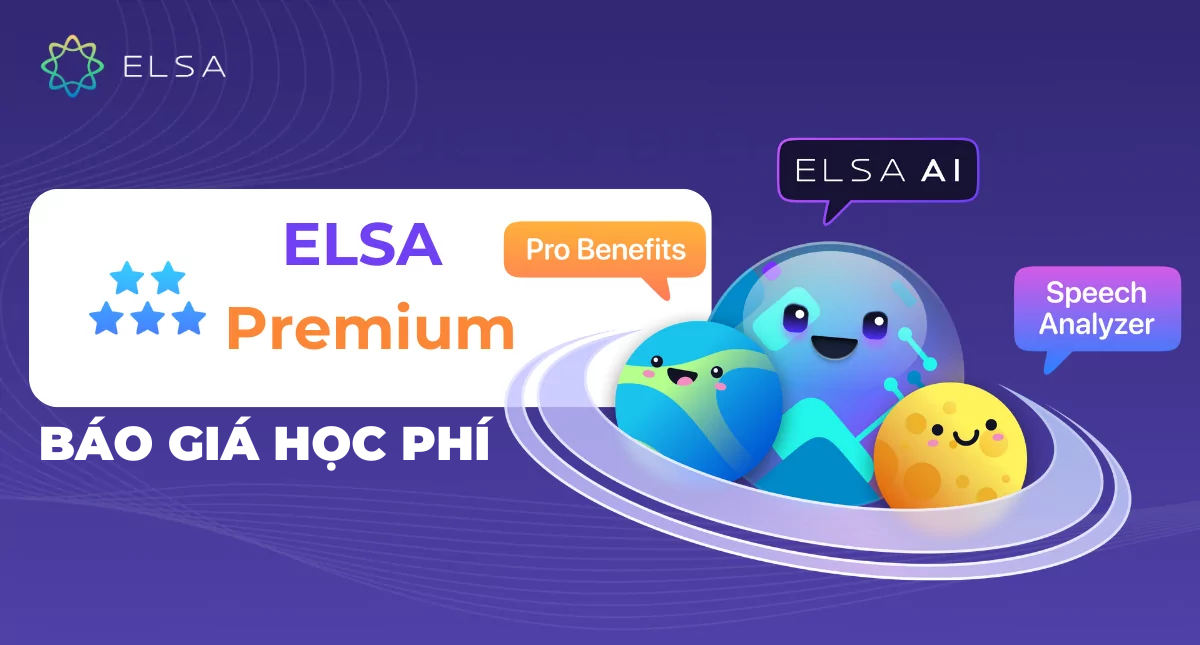Challenging Yet Promising Year Ahead for Banking & Finance
Although Banking and financial literacy have been the key to helping businesses to keep going even when operations stagnated at the height of a crisis, The Banking & Finance Industry is hardly known for its adaptability when it comes to watershed moments in history. However, since the pandemic along with the incoming digital era has forced many industries to adapt and adjust themselves to the “new normal”, Banking & Finance has adopted a more proactive posture in these trying times.
Realising that the industry has the capability and need to evolve quickly and more radically, organizations within are making full use of this opportunity and threat of a pandemic to overcome the challenges that come their way.
Kiểm tra phát âm với bài tập sau:

Financial institutions are the risk of falling through the cracks if they don’t pick themselves up fast enough to catch the wave of trends in the recovery period. On the bright side, in one of IBIS World’s industry reports and findings, the growth of the Banking industry is expected to increase by 2.9% in 2022.
Before actually embarking on the journey of recovery, financial institutions need to understand that any organization from any industry recovering from the pandemic have to:
- Improve work productivity, transparency, and adaptability in various operations
- Be accepting and actively adopt technologies into processes and systems
- Increase sustainability practices to hit corporate environmental goals
- Collaborate with other firms/industries to fulfil growth/recovery potential
- Focusing on people-centric operations and employee development

What to Look Out for and What to Prepare for
Technology (Fin-Tech)
As obvious as it is, every industry has to start adopting technology to make the world continue moving. Consumers’ demands and needs have been evolving rapidly even if the pandemic was removed from the picture, and they are expecting more and more from the firms they are patronizing. Many banks and other financial institutions have already established next-gen technologies in their operations to help save costs and increase productivity.
Fin-Tech is a topic that the Banking & Finance Industry has been trying to touch on and improve for the past few years and is gaining momentum with multiple recent technological breakthroughs. Fin-Tech not only benefits the firms but also the clients/customers with better experience and ease when it comes to their financial management.
One very relevant example of an up and coming huge trend is Wealth Tech. To summarise it very shortly and sweetly, everyone has been affected by the COVID-19 pandemic directly or indirectly, and many of those impacts has eventually affected their financial situation negatively. Wealth management products and services then come as a solution to help customers bounce back and move on with their lives more confidently. Investing in Wealth Tech to improve these products and services will undoubtedly grab the attention of customers and allow the firm to gain more traction with its wealth management offerings.
Artificial Intelligence/Machine learning is not a new term being bounced around. Firms have been trying to implement these technologies into their operations ever since the pandemic started. Unsurprisingly, like what it is made to do, this trend will transform the Banking & Finance industry.
Make sure you hold on to the digitization and digitalization trend tight as this makes or breaks your business.
Sustainability
Now, we talk about sustainable finance, which talks about investment decisions that take into account environmental, social, and governance (ESG) considerations.
COVID-19 brought resources sustainability into the bright spotlight and now every industry is expected to work towards sustainability. So, it is no surprise that sustainable finance is among the top trends for the Banking & Finance industry.
Governments across the globe are encouraging more future-oriented and sustainable finance products and many are doing so with the help of regulations and requirements for the new path going forward. However, regardless of the presence or absence of regulations, it is always good to be a sustainable business. Financial institutions can do so by coming up with more socially responsible initiatives, sourcing for more environment-related investment opportunities, and carrying out other sustainable practices.
Many financial institutions have yet to turn their commitments to ESG concerns into concrete actions so why not be the first few to step into this field and take the lead in sustainable finance!
Improving Customer Experience (mobile banking)
Although we will also be talking about technology adoption, we feel that improving customer experience deserves its own spot as a trend. In every business, customers are and should be your number one asset and priority, because, without them, you would not even have a business to begin with. Hence, we shall look into improving your customers’ experience as an important trend to look out for in the new year.
As mentioned above, there is a need to automate and streamline financial services provided to customers. Naturally, when you adopt those technologies, customers (your most important asset) will have their problems easily solved and they will have a better experience with your firm.
An easy way is simply to create and/or improve mobile services. Almost everyone has a smart device nowadays and financial service providers should make use of the big market to reimagine their offerings in the form of a mobile app. For example, customers have been seen to want to be able to easily use their mobile phones to make payments, hence banks should improve their mobile payment services to allow more seamless transactions to be carried out.
These apps can also serve as an effective platform for financial institutions to connect with their customers. Other ways these apps can improve customer experiences include but are not limited to:
- A.I. assistants that can carry out tasks like helping customers manage their money more effectively
- Chatbots – which quickly helps answers customers’ queries and resolve issues
- Access to most financial services that used to only be available offline
- Personalization of interface and/or services
Employee Development
Employees in various industries have seen pandemic stress, which is worsened by the fact that entire families spend time working and learning in close quarters, and many are worried about the economy. However, financial services workers have been shaken by turbulent markets and an industry-wide push toward automation, which some employees fear may result in job losses.
However, some organizations are already offering reskilling and upskilling programs for their employees.
Finally, banks have offered training on new skills that people can use in their current jobs (upskilling) or for new jobs (reskilling). For example, Financial advisers have been retrained to provide better remote services, tellers have been retrained to become “universal” bankers, and other branch personnel have been retrained to handle back-office functions. Universal bankers are responsible for both sales and service and can act as personal bankers and tellers, among other things.
With so many employees to look out for and a future in mind, firms can look into creating a scaleable learning environment/infrastructure for the reskilling and upskilling programs. This puts employee learning in one spot for easier management and most of the time, improves the effectiveness of employee training.
Since more and more financial business is being conducted online, employees will have to be well versed in digital-related topics like data visualization and cybersecurity training. At the same time, HR teams should try to encourage the internal mobility of employees so as to lower the cost of recruitment and onboarding.

Don’t Forget English Training for Businesses in the Digital World, and How ELSA Can Help
At ELSA, we strongly believe that employees, especially those that are directly in contact with customers, are one of the most important aspects of a business. With that belief, we’d love to assist the Banking & Finance industry by developing and improving the workforce in their spoken English with English training in Banking & Finance, helping you bring you closer to your consumers.
With English language proficiency being so important in the digital era and the pandemic situation now, ELSA has just what the industry needs, English training for businesses. Thanks to our proprietary AI technology that helps employees enhance their English skills, ELSA Speak–an English learning application – has been utilized by many businesses. It covers a wide range of English skills such as Listening, Reading, Pronunciation and Speaking, Grammar and Vocabulary compiled by ELSA’s language experts.
This application can also create specialized learning content for English training in Banking & Finance and its various subsectors, allowing employees to better prepare for scenarios unique and relevant to their jobs. Upgrade your employee’s English speaking skills in just 3 months and see it translate into a rapid improvement in your employees’ ability to provide quality service, especially to English-speaking customers.
ELSA’s Dashboard feature also includes overview management tools that allow firms to review, analyse, and compute ROI and investment efficiency. This seamless feature would eliminate HR’s time-consuming analysis work, allowing businesses to focus on what matters most: their products and services, rather than wasting time planning and developing English-learning programs for their staff.
With ELSA, empower your employees with English for financial services, to reach higher levels of customer satisfaction.
Explore more about ELSA English training for businesses (Banking & Finance) solutions here.

Sources:
- McKinsey, “How banks can build their future workforce—today”, August 2021
- Forbes, “The 5 Hottest Technologies In Banking For 2022”, December 2021
- SHRM, “Top HR Challenges in the Financial Services Industry”, March 2021
- Accenture, “Banking Top 10 Trends for 2022”, January 2022

 27/01/2022 | Admin
27/01/2022 | Admin









